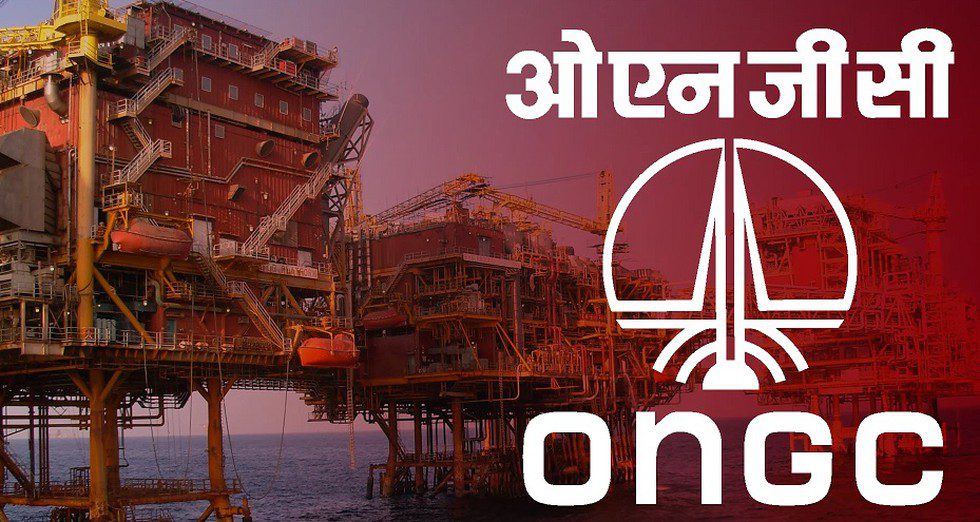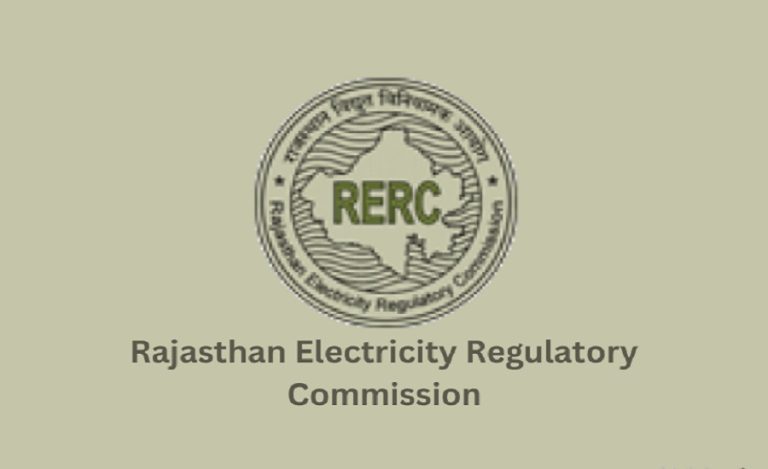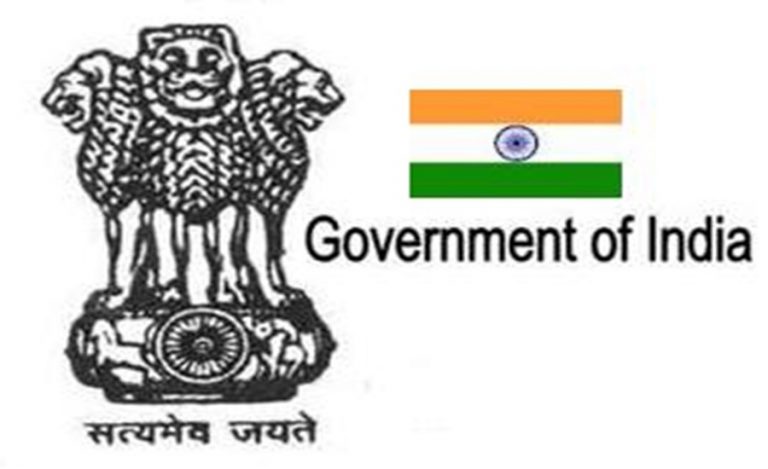In a significant development for India’s energy sector, the Ministry of Petroleum and Natural Gas (MOP&NG) has authorized the sale of natural gas produced from new wells by Oil & Natural Gas Corporation (ONGC) and Oil India Limited (OIL) at a 20 percent premium over the Administered Price Mechanism (APM) price. This decision, announced on Monday, is expected to enhance the viability of new gas development projects and increase production from legacy fields.
Details of the New Pricing Regime
Under the existing gas pricing structure, domestic gas from ONGC and OIL’s legacy fields is priced at 10 percent of the prevailing price of Indian crude oil, capped at USD 6.5 per Metric Million British Thermal Unit (mmBtu). In contrast, gas produced from difficult or deep-sea fields is priced bi-annually, with the current rate set at USD 9.87 per mmBtu for the period starting April 1.
With the new guidelines, gas from newly developed wells or well interventions in ONGC and OIL’s nominated legacy fields will be priced at a 20 percent premium over the APM price. This adjustment means the new gas price will be 12 percent of the Indian crude basket price.
Impact on Gas Development Projects
ONGC has welcomed this change, stating that the enhanced price will support the viability of new gas projects, particularly those in challenging areas requiring substantial investment. The company anticipates that this will lead to increased production and bolster investment capacity for development projects.
ONGC has recently approved several major projects, including the Daman Upside Development project in Mumbai High at an estimated cost of Rs 7,800 crore, and the Integrated Development of four Contract Areas under DSF-II, costing approximately Rs 6,000 crore. These projects aim to significantly boost domestic gas production, with peak production targets of around 5 MMSCMD and 4 MMSCMD, respectively.
Alignment with National Energy Goals
The policy decision aligns with India’s national energy strategy to increase the share of natural gas in the energy mix from 6 percent to 15 percent by 2030. Domestic gas is primarily allocated to fertilizer, city gas distribution (CGD) companies, and power plants, making these developments crucial for meeting national energy needs and sustainability goals.
The new pricing structure is expected to incentivize further exploration and production activities, supporting the country’s broader objectives of energy security and economic growth.



























